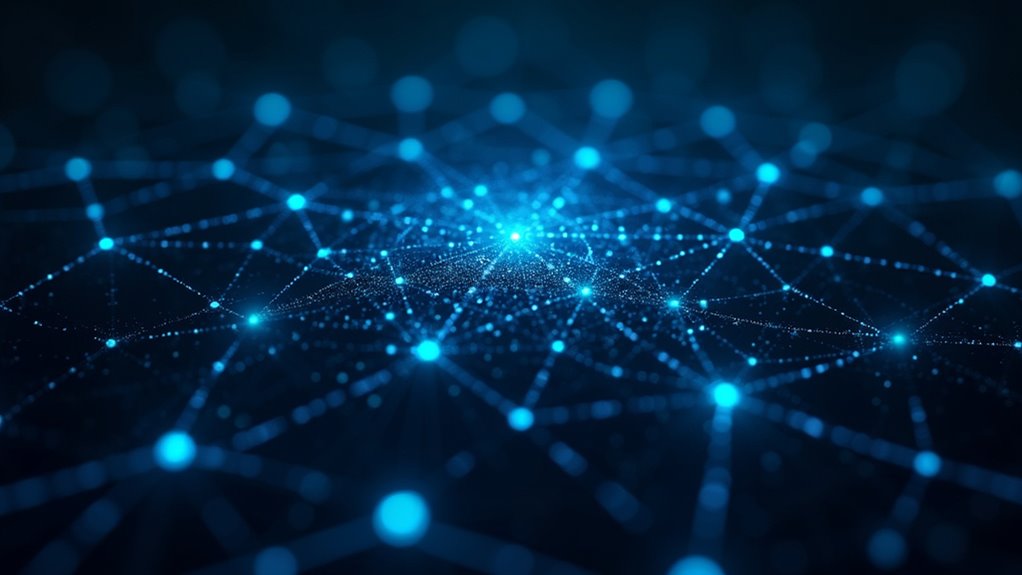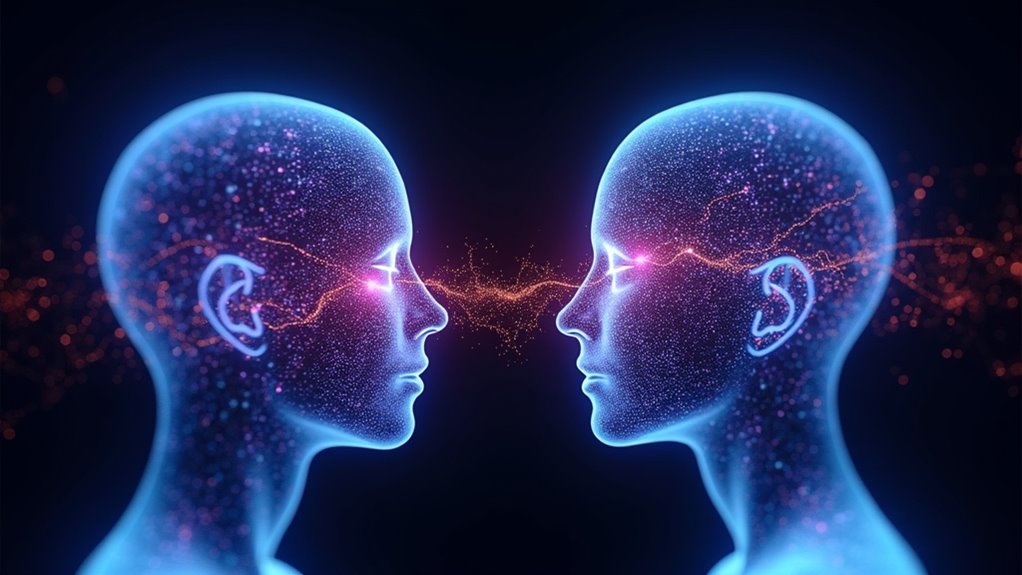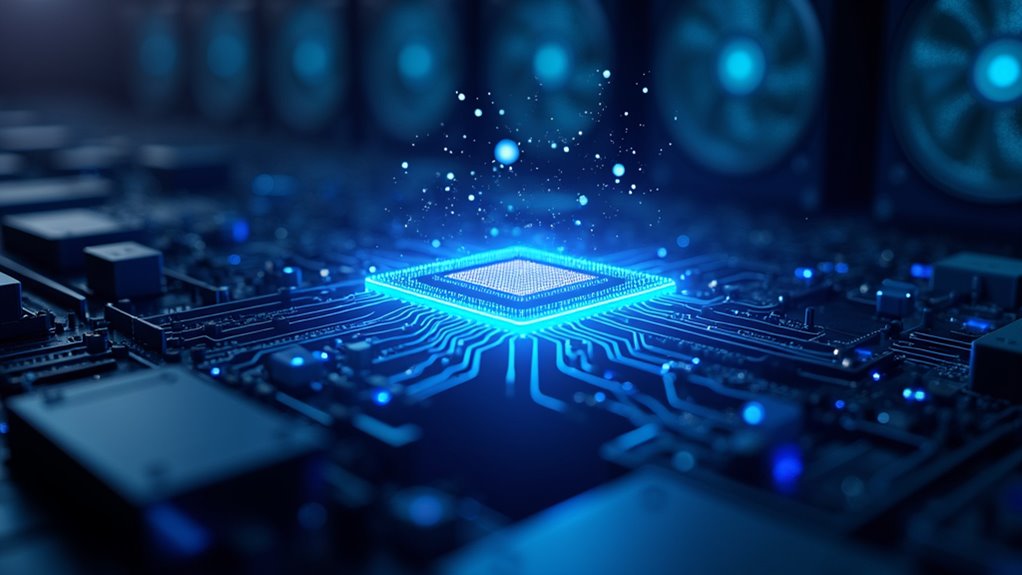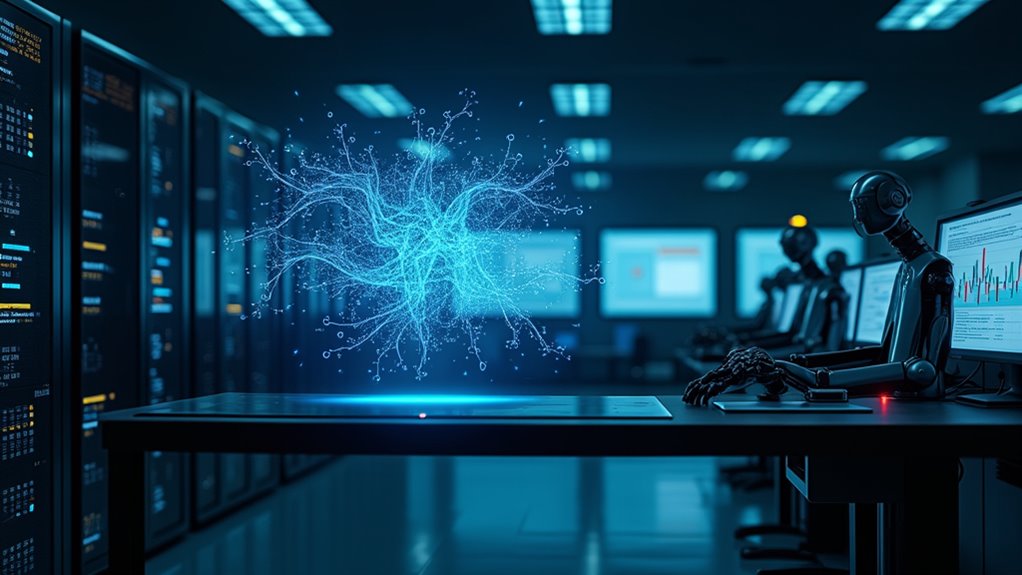Artificial intelligence algorithms act like digital brains, crunching massive amounts of data to learn and make decisions. They come in different flavors – supervised, unsupervised, and reinforcement learning – each tackling problems uniquely. These mathematical powerhouses process information similar to humans, recognizing patterns and correcting mistakes along the way. From medical diagnoses to stock trading, AI algorithms are transforming daily life. Though not perfect, their capabilities keep expanding, revealing new possibilities at every turn.
Nearly every digital innovation today relies on AI algorithms – those mysterious sets of instructions that make machines think, learn, and sometimes outsmart us mere humans. These algorithms aren’t just fancy math equations; they’re the brains behind everything from your smartphone’s facial recognition to Wall Street’s trading decisions. And boy, do they love data. Mountains of it.
The way these algorithms work is actually pretty straightforward, even if the math behind them isn’t. Think of them as incredibly hungry data-munching machines that come in three main flavors: supervised learning (the teacher’s pet), unsupervised learning (the free spirit), and reinforcement learning (the trial-and-error kid). Supervised learning needs labeled data like a helicopter parent needs control. Unsupervised learning? It just figures things out on its own, thank you very much. Unlike traditional computer programs, AI uses semi-supervised learning to combine both labeled and unlabeled data for more efficient training. Modern AI systems rely on neural networks to process and analyze vast amounts of data repeatedly.
These digital beasts learn through a process that’s eerily human-like. They collect information, process it, and – here’s the cool part – actually correct themselves when they mess up. It’s like having a student who never gets tired of learning from their mistakes. The catch? They’re only as good as the data they’re fed. Garbage in, garbage out, as they say in the tech world. Classification tasks help these algorithms categorize data into specific groups, making them essential for applications like spam detection.
AI algorithms have wormed their way into practically everything. They’re analyzing your medical scans, predicting tomorrow’s stock prices, and powering those voice assistants that never quite understand your accent. They’re even helping doctors predict patient outcomes, though let’s hope they’re better at that than they are at understanding your pizza delivery instructions.
But it’s not all sunshine and silicon. These algorithms have their fair share of problems. They’re resource-hungry monsters that need massive computing power. Sometimes they make decisions that nobody – not even their creators – can explain. And let’s not forget about bias: these algorithms can be as prejudiced as the data they’re trained on.
Plus, they’re not exactly perfect. They make mistakes, and when they do, it can be spectacularly bad. Welcome to the future, folks – it’s complicated.









